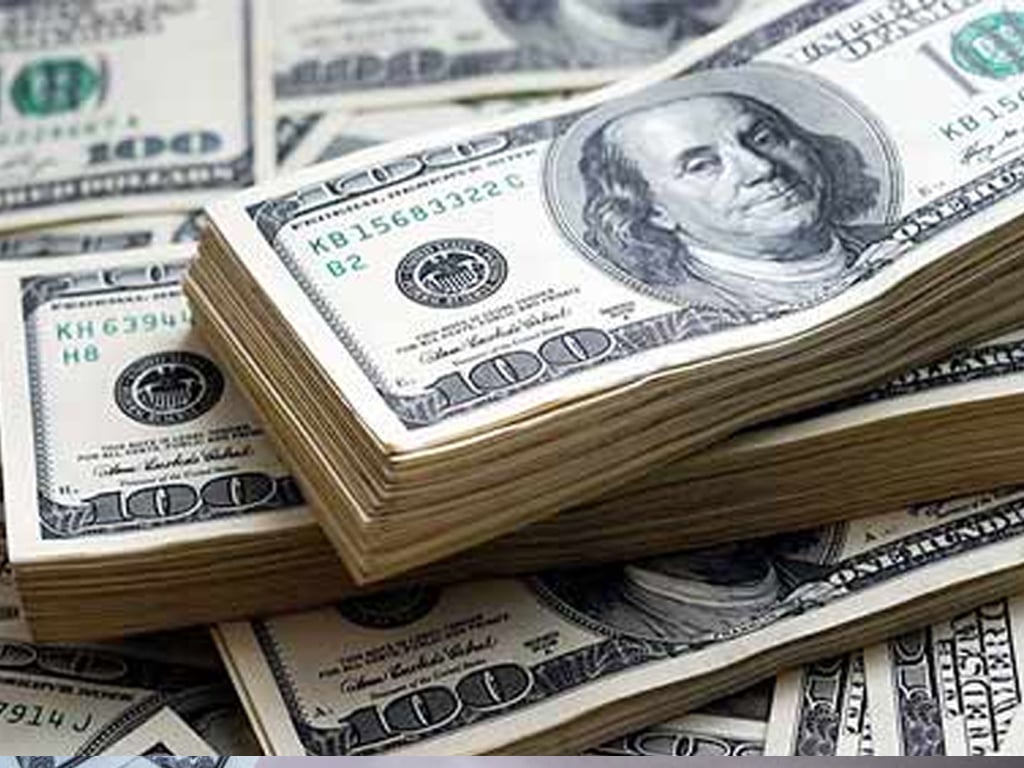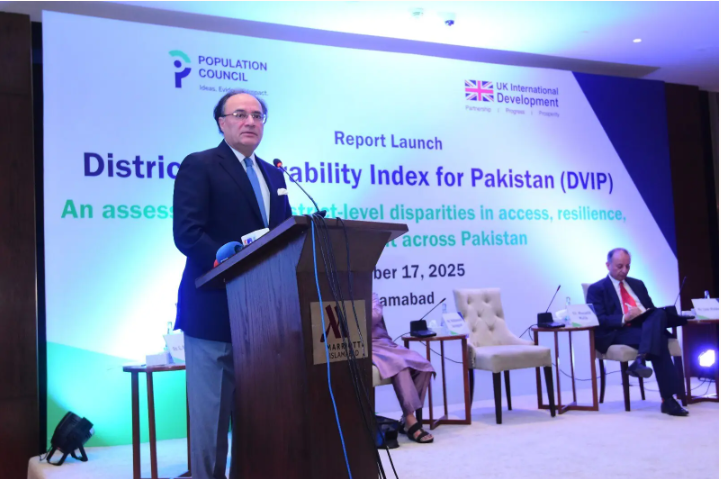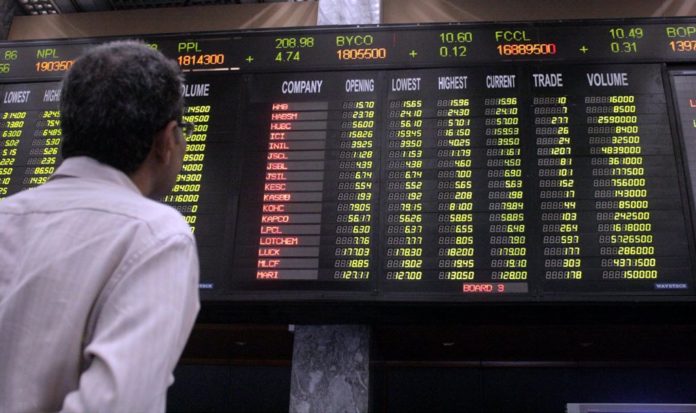PTBP Web Desk
current account recorded a surplus of $349 million in October 2024, a stark contrast to the $287 million deficit observed in the same month of the previous year.
This development was detailed in the latest data released by the State Bank of Pakistan (SBP) on Monday. This marks the third consecutive month where Pakistan has seen a surplus in its current account, indicating a positive shift in the nation’s economic health.
October 2024 Surplus: Initially, the surplus for September was reported at $119 million but was revised to $86 million. This adjustment reflects a more conservative estimate initially and a slight overperformance in reality.
Year-to-Date Performance: For the first four months of the fiscal year 2024-2025 (4MFY25), Pakistan’s current account has shown a cumulative surplus of $218 million. This is a significant improvement compared to the hefty deficit of $1.528 billion during the same period in the previous fiscal year.
Remittances and Trade:
The growth in remittances played a pivotal role, with Mohammed Sohail, CEO of Topline Securities, noting a 7% month-over-month (MoM) and 24% year-over-year (YoY) increase. Worker remittances reached $3.052 billion in October, showcasing a robust support system from overseas Pakistanis.
Export Growth: Total exports of goods and services in October stood at $3.711 billion, marking an increase of nearly 12% from $3.327 billion the previous year. This uptick reflects improved competitiveness or possibly increased demand in international markets for Pakistani products.
Imports: Despite the growth in imports to $5.558 billion, up by nearly 7%, the surplus was maintained, suggesting that the balance of trade was managed effectively.
The current account surplus is particularly noteworthy given the backdrop of economic challenges including low growth rates and high inflation. These conditions, while generally detrimental, have inadvertently helped in reducing the import bill due to decreased domestic demand. Here are some key factors contributing to this economic phenomenon:
High Interest Rates: These have discouraged unnecessary imports, thereby supporting the reduction of the current account deficit.
Import Restrictions: Government policies aimed at conserving foreign exchange reserves have also played a role in narrowing the deficit.
Exports: Amounted to $13.11 billion, indicating a sustained effort in boosting export sectors.
Imports: Recorded at $22.43 billion, still high but managed better than expected given the economic conditions.
Remittances: Jumped significantly by 35% to $11.85 billion, a critical inflow for the Pakistani economy.
The current account is a crucial economic indicator for Pakistan, a nation often challenged by the need to import essential goods for its populace and industries. A surplus not only alleviates pressure on the foreign exchange reserves but also stabilizes the local currency, potentially making imports cheaper and exports more competitive.
Exchange Rate Influence: A surplus typically strengthens the local currency, reducing the cost of imports which could help in controlling inflation.
Reserve Accumulation: It provides breathing space for the government to build up its foreign exchange reserves, crucial for economic stability.
Pakistan’s economy appears to be on a path of recovery, but challenges remain. The sustainability of this surplus will depend on various factors including global oil prices, economic policies at home, and the geopolitical climate affecting trade routes and international relations.
For stakeholders in Pakistan’s economy, continued vigilance and strategic economic policies will be key in leveraging this surplus towards broader economic stability and growth.




